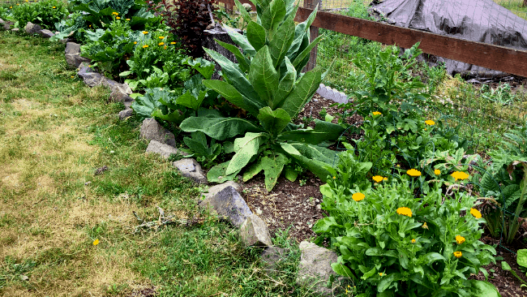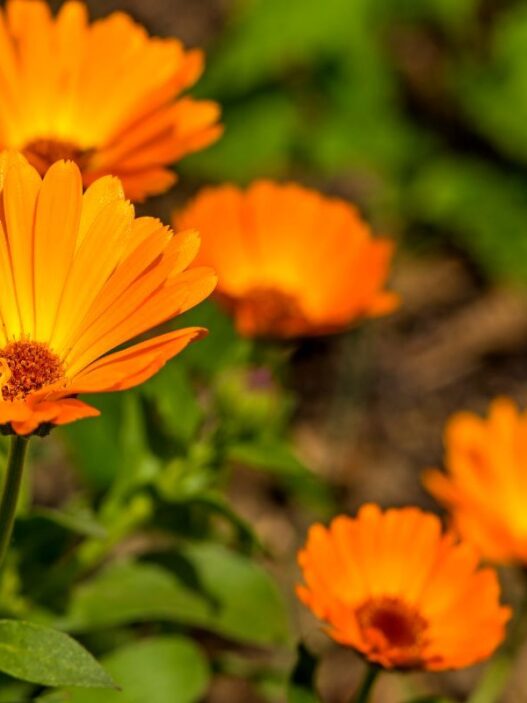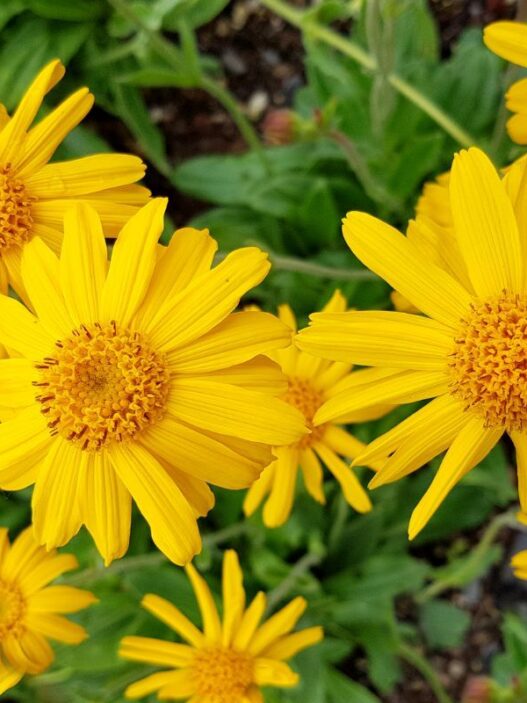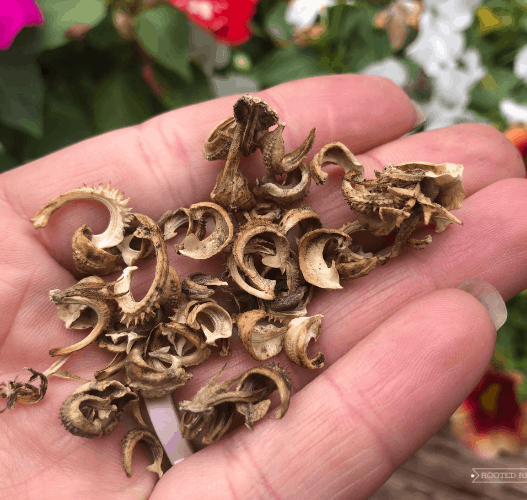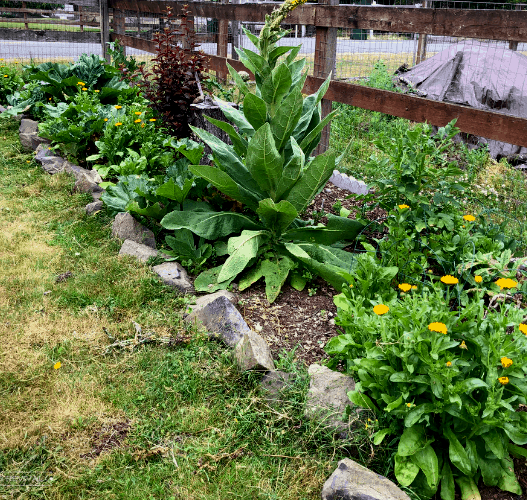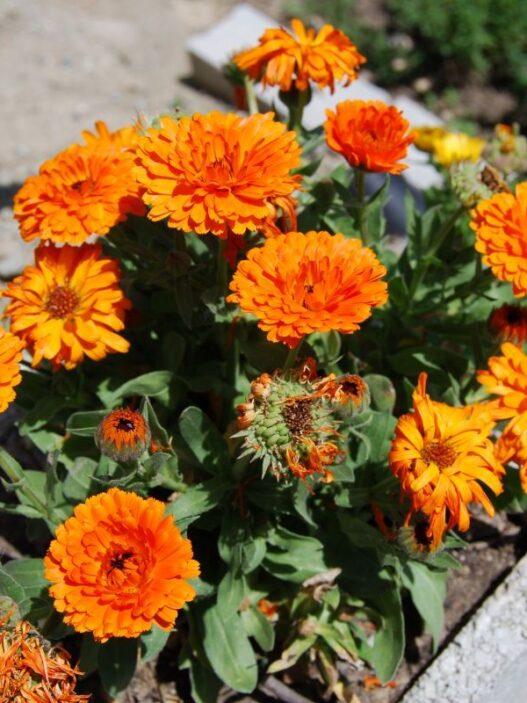Calendulas and daisies are some of the most popular plants thanks to their eye-catching flowers – they’re so beautiful! I’ve grown both for many years, and I’ve learned there are at least 7 differences between calendula and daisies that set them apart which are:
- Their scientific classification (obviously!)
- Their origin and distribution
- Their size
- Their flowers
- Their cultivation
- Their leaves
- Their uses
In this calendula vs. daisy article, I’ll explore these seven differences in full, helping you differentiate between these two beautiful flowers. ??
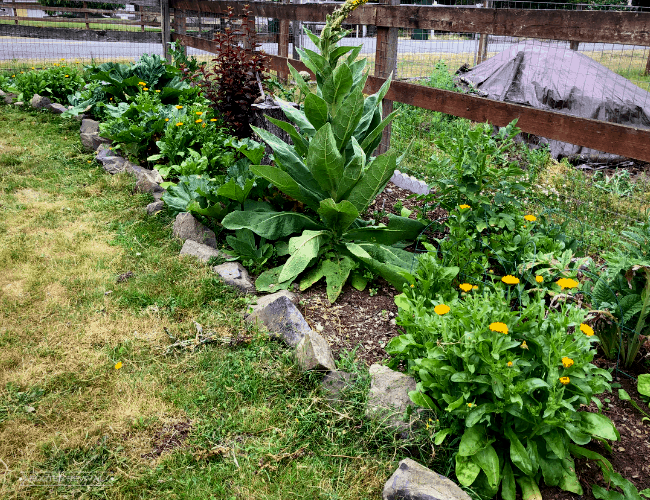
Calendula vs. Daisy: Overview
Here are the key differences between calendulas and daisies:
| Calendula | Daisy | |
| Classification | Family: AsteraceaeGenus: Calendula | Family: Asteraceae Genus: Bellis |
| Distribution | Native to Europe, Asia, and North Africa | Europe |
| Description | Flat, disc-shaped flowers with yellow-orange petals surrounding a dark brown or yellow central disk | White, red, or pink petals surrounding a bright yellow or dark brown central disk |
| Growing conditions | Prefer full to partial shade, well-drained soil, and cool temperatures.USDA zones: 2a-11b | Prefer full sun to partial shade, moist soil, and cool temperatures.USDA zones: 4a-8b |
| Uses | Dyes and skin ointments | Culinary uses |
8 Differences Between Calendula And Daisies
1. Scientific Classification
Let’s get a bit scientific for just a moment.
Both plants are members of the daisy family, scientifically known as Asteraceae. However, calendulas belong to the small genus Calendula. Calendula contains 15-20 species.
One of the well-known varieties in this genus is Calendula officinalis, commonly named pot marigold or common marigold.
Calendula plants can be annual or perennial herbaceous plants that typically bloom in the summer and spring.
Daisies, on the other hand, belong to the genus Bellis. Daisies contains around 15 accepted species, with the common daisy (Bellis perennis), also known as the English daisy, among other names, being the most popular species.
Unlike calendulas, Bellis perennis are herbaceous perennials, although they can grow as annuals in the northern regions of the US.
However, like calendula flowers, daisies bloom in the summer and spring.
2. Origin and Distribution
Since both plants belong to the same family, calendulas and daisies grow in similar habitats.
Calendulas originated in southern Europe and the Eastern Mediterranean. However, you can also find those plants native to southwestern Asia and the Macaronesian region.
While they’re not local plants in the US, they were allegedly introduced to America around the 1600s.
Currently, you can grow calendulas pretty much everywhere in the US, except in the deep South, where the weather is a little too hot for them to flourish.
Pot marigolds also don’t grow in the coldest regions of the USA, like those found in Alaska.
English daisies are actually native to Europe, but they’re also local plants in the Mediterranean region and North Africa. Like calendulas, they were introduced to the US (among other places) by settlers.
Compared to pot marigolds, daisies grow in fewer areas in the US, usually in the North and central USA.
3. Size
When it comes to height, calendula plants are generally between 10-12 inches tall, but they can reach up to 2 feet in length.
The actual height they get to varies depending on the species. For instance, pot marigolds reach a mature size of 1-2 feet.
Daisies, on the other hand, differ significantly according to the variety.
Compared to calendulas, the common daisy is small, reaching only 6-8 inches. Some perennial species, like the oxeye daisy, reach an impressive height of 1-3 feet.
4. Flowers
Both plants have similar blooms; it’s the flower shade that separates calendulas from daisies.
Generally, calendulas have bright yellow and orange petals, with a dark central portion. Those flowers reach a size of 3-6 inches, but this can vary depending on the species.
Daisies bloom smaller flowers between 1-3 inches. While white is the most popular color, daisies come in different hues, including pink, red, and even blue!
Aside from the petals, daisies have a bright yellow center, but you can also find some varieties with a dark brown central disk.
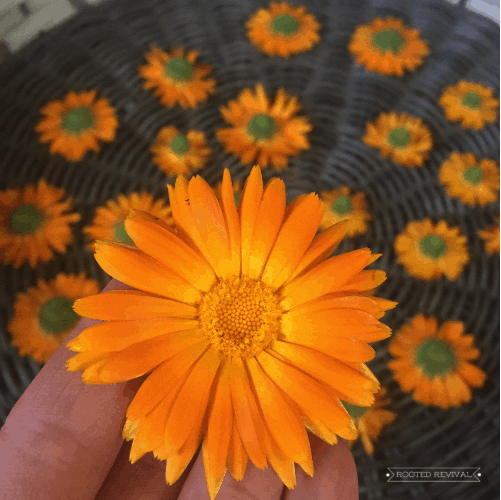
5. Leaves
Calendulas and daisies generally develop different leaves. Calendulas have 3-6 inches of oval-shaped leaves that can be oblong or lanceolate.
Daisies, on the other hand, have leaf margins that are wavy. Calendulas produce aromatic leaves in a simple arrangement.
Daisies produce numerous leaves in an alternate or rosulate arrangement. Like calendulas, daisies have a size of 3-6 inches.
As for the shape, daisies boast several leaf structures, including oblong, ovate, obovate, lanceolate, and spatulate. The margins aren’t smooth, having lobed or toothed leaf edges.
6. Cultivation
Both calendulas and daisies are low-maintenance plants. Plus, they grow in similar conditions.
Calendulas prefer full sun for at least 6 hours. However, they can tolerate partial shade, especially during hot days.
Additionally, calendulas need well-drained, organic matter-rich soil. They thrive in a slightly acidic to neutral pH range between 6 and 7.
Daisies, on the other hand, thrive in full sun or partial shade. They need at least 4-6 hours of light exposure.
Those flowering plants don’t tolerate drought. So, make sure to keep the soil moist, but avoid overwatering to prevent root diseases.
Like calendulas, daisies prefer well-drained, rich soil and can thrive in acidic, neutral, or alkaline pHs.
7. Uses
Although neither are really a common food choice, both pot marigolds and daisies are edible. People use marigolds mostly as garnishes.
Daisies, on the other hand, can go in sandwiches, salads, and tea.
Aside from food, calendulas have medicinal uses.
They promote tissue growth, helping heal wounds and ulcers. Those bright orange plants can also improve oral and skin health.
Additionally, calendulas are used in fabric dyes thanks to their vibrant petals.
